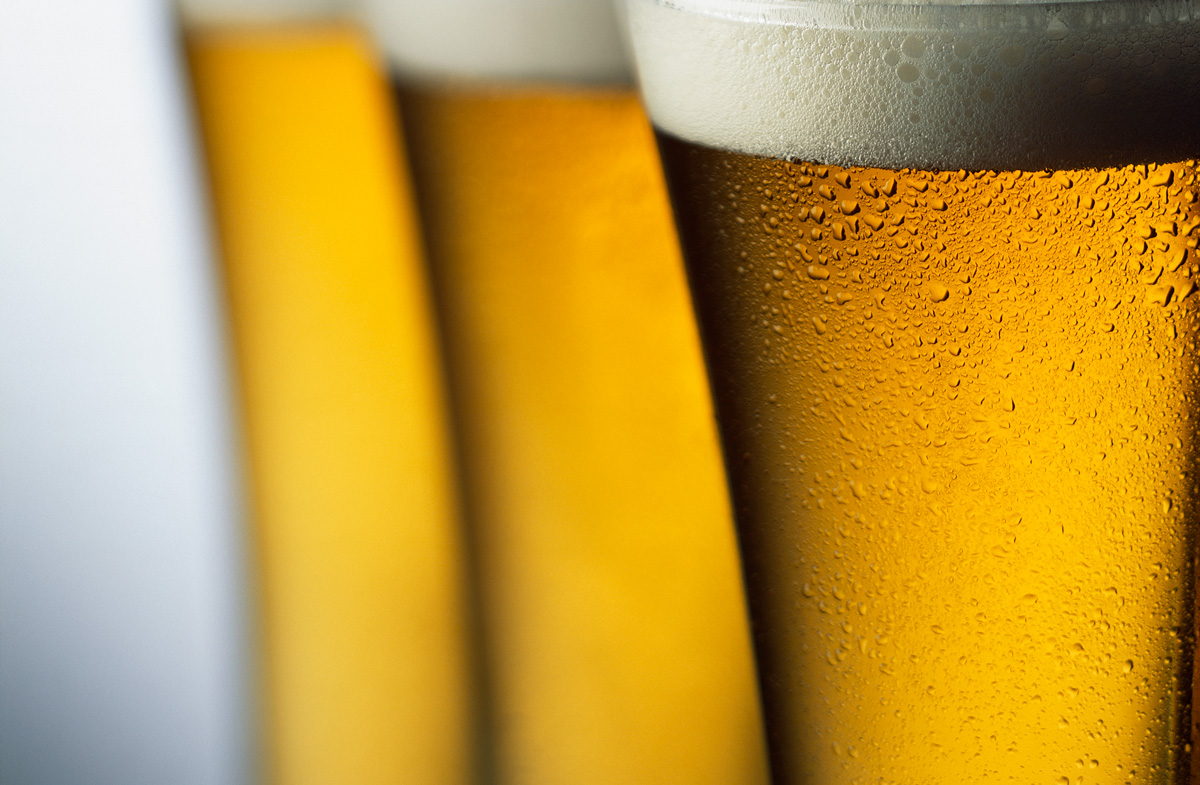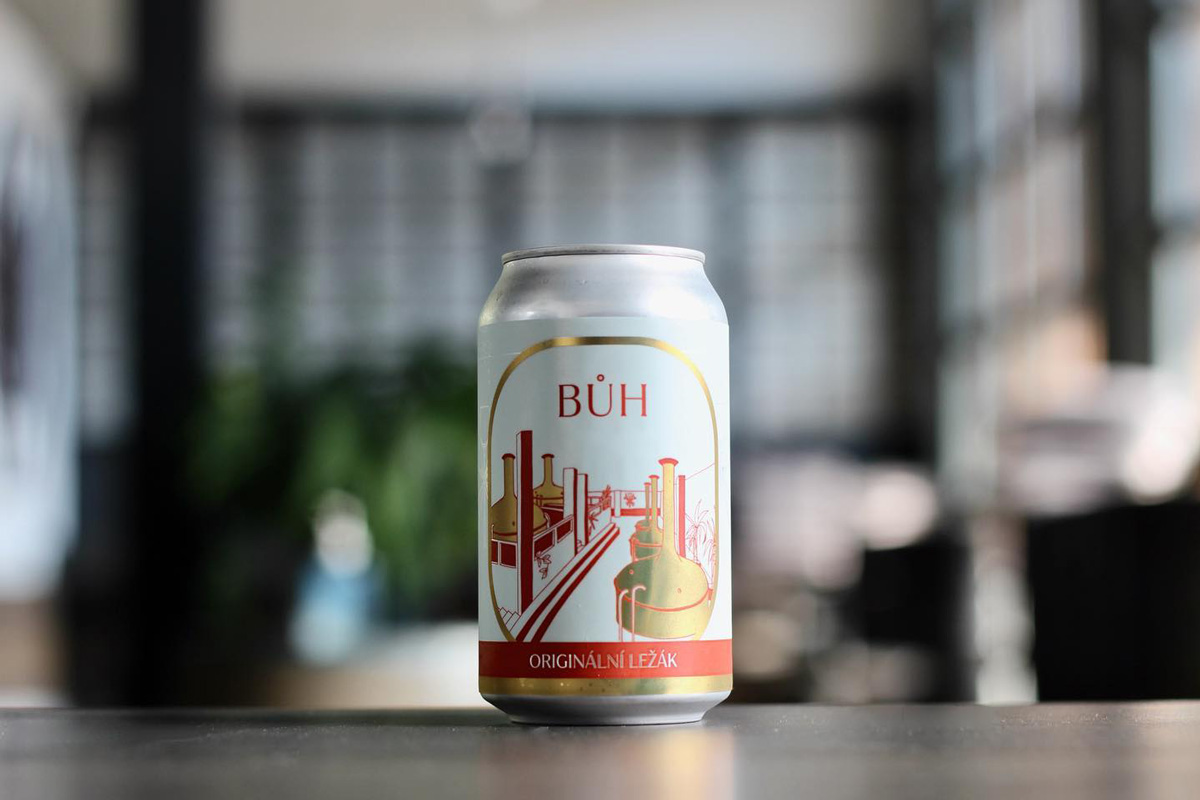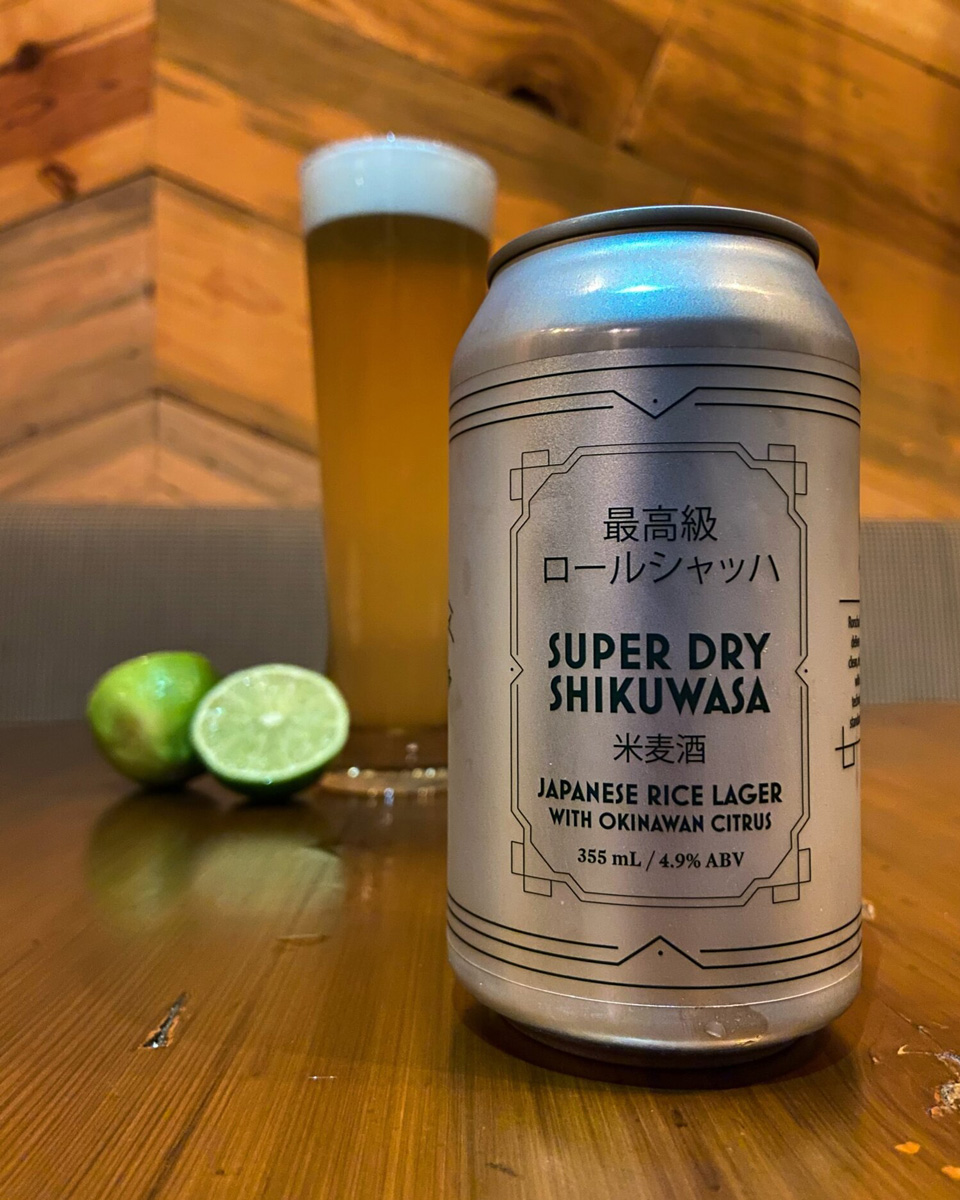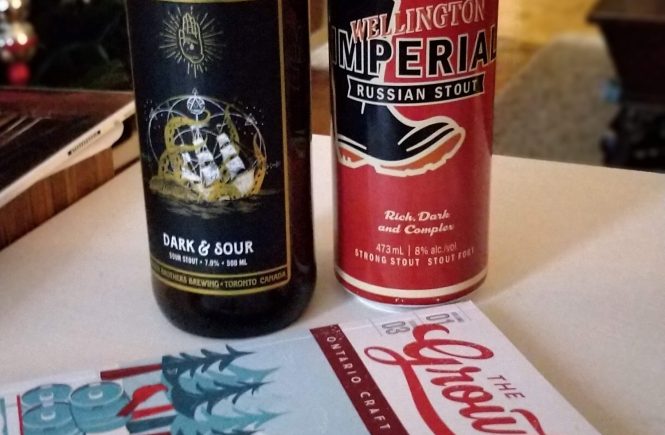
This past summer was a particularly humid one and paired with work ramping up, I quite often had a drink in my hand. Sometimes it would be an iced coffee or the odd hefeweizen (it’s my favourite summer beer), but lately the drink I’ve been turning to in my quiet moments alone is one that would cause a particular kind of craft beer nerd to raise their presumably bushy eyebrow.
I’ve been drinking mass-produced lager.
Now, let’s get this out of the way. Idealistic arguments aside, there really isn’t anything wrong with that. I know at least two or three people featured in this issue who have been known to have a can or six of sparkling domestic or Eurotrash lager. And while it certainly doesn’t apply to everyone, the odd joke about the circular tastes of beer lovers, where we start with lager, run through the gamut of flavours, and finally end right back at lager, does ring true. And interestingly enough, breweries seem to be going through a similar cycle.
Let me explain with a bit of backstory.
During craft beer’s rise, particularly in North America in the 90s and more widespread during its resurgence in the late aughts, we had what was ostensibly a movement that instigated a countercultural push towards being different from the norm. And the norm was… well, lager. Molson Canadian, Bud, Laker Ice, all the usual suspects we saw in the ads growing up. The marketing around craft beer was all about being bold, hoppy, and above all different from the mass produced lagers. I distinctly remember any discussion on lager being accompanied by scoffs, as if it was the deadbeat cousin that always had some failing scheme going on. Light, crisp, and constant were out and it was all about big, bold, and always new, baby.
Not to say this was a bad thing, necessarily. At the time we needed a difference and there were a lot of people, myself included, who just didn’t know what beer was capable of flavour-wise. Back then it actually was different. But like all growing countercultural trends the bold flavoured ethos of craft beer became the culture itself and as more competition began to open, brewers seemed to slowly realize that the hopheads and sour fiends were a smaller portion of the market than they thought and a majority of folks, including many beer nerds whose palates have been worn out, just wanted something easy to drink that you don’t have to think too much about.
And so we started seeing more breweries like Side Launch and Wellington make helles. And from there the great rise of pilsners came and we’re honestly for the better.
Because here’s the thing, there is nothing wrong with those styles on their own. In fact, beer styles like pilsner and helles have been around for centuries and for good reason. The amount of skill involved in creating something so simple and straightforward is mind boggling and frankly, can be seen as something of a difficult task for many brewers.

As for the mass-produced lagers…well. I’ll be honest, not all of them are good. But some excellent examples that I can think of off the top of my head are Czechvar, Pilsner Urquell, Sapporo, and Asahi Super Dry.
I can already hear some folks say “Well, yes of course…”
Czechvar and Pilsner Urquell are pretty much the defining beers of what a Czech pilsner is, with a rich history and a longstanding tradition of consistent balance and high quality. So much so that craft brewers have been spending a great deal of time trying to replicate them with moderate success. One brewery that is doing it right, however, is Toronto’s Godspeed Brewery, where brewmaster Luc “Bim” Lafontaine has worked with the Czech Republic and collaborated directly with both breweries. You want to find the best pilsner in Canada? Just go to Gerrard and Coxwell.

Facebook.com/RorschachBrewing photo
As for Sapporo and Asahi Super Dry, sometimes the moment just calls for a crisp, clean, slightly sweet Japanese rice lager with a distinct dryness to the finish. Both breweries also have a rich history going back to 1876 and 1889 respectively, so you know there’s a market for it. And similar to the Czech pilsners, there’s been a very clear desire from smaller breweries to get the style available to the public. Rorschach Brewing and Great Lakes each made one with the distinct “Super Dry” name on it and they’re delicious. Common Good makes Ronin Rice Lager and just this past summer Something in the Water came out with their Red River Japanese Lager.
So there you have it. Sometimes a person just wants something light, crisp, well-made, and consistent and we’re fortunate to have no shortage of beers like that in Ontario.
But sometimes, sometimes, it doesn’t hurt to go to the source.



